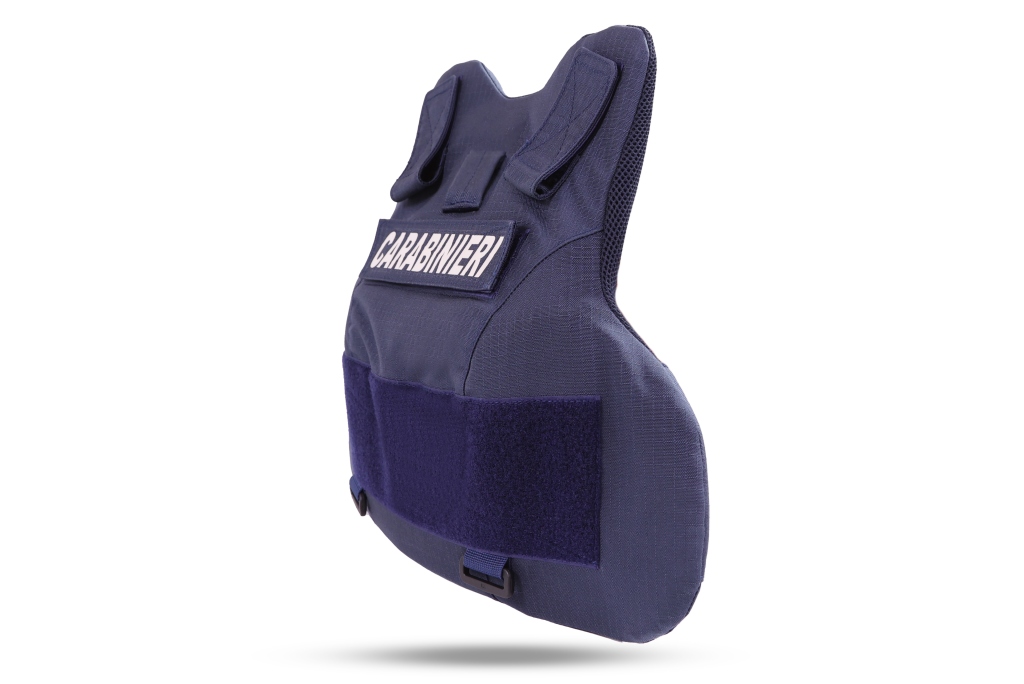NATO’s Underwater Warfare Exercise Enhances Anti-Submarine Capabilities in the Baltic Sea
In a notable demonstration of allied cooperation, NATO forces, led by French and Dutch contingents, engaged in a comprehensive anti-submarine warfare exercise in the Baltic Sea. This operation, part of the Merlin 2025 initiative, emphasized tactical proficiency in locating and tracking submarines from Germany and Sweden with assistance from a U.S. P-8 Poseidon maritime patrol aircraft.
Overview of Exercise Dynamics
The Merlin 2025 drill involved innovative and realistic scenarios where allied naval vessels and air assets sought to detect and engage submarines operating as the “hunted.” Participating assets included:
- A German Navy U-35 submarine
- A Swedish Södermanland-class submarine
- U.S. P-8 Poseidon aircraft
- Surface vessels and helicopters from France and the Netherlands
Arlo Abrahamson, spokesperson for NATO’s Allied Maritime Command, remarked on the significance of honing anti-submarine skills in this specific maritime environment.
Evolution of NATO’s Submarine Detection Training
This exercise marked the second iteration of the Merlin drill series, an initiative that has evolved from modest origins to a robust exercise designed to bolster inter-alliance capabilities in submarine detection. The strategic focus is on refining skills in sonar and advanced tracking methods, amidst the unique challenges presented by shallower Baltic waters.
Comparison of Maritime Environments
- Average Depths:
- Baltic Sea: Approximately 54 meters
- Mediterranean Sea: Roughly 1,500 meters
These contrasting depths influence detection strategies, necessitating specialized adaptation for operating within the Baltic region.
Strategic Implications for Baltic Security
With increased maritime activity and heightened concerns over Russian submarine operations, situational awareness in the Baltic Sea is a growing priority. Abrahamson pointed out the dual role of Sweden and Germany as both participants and educators, demonstrating submarine detection methodologies to non-Baltic NATO allies.
Recent operations by Russian naval forces—including sightings of the submarine Novorossiysk off the French coastline and incursions tracked by the Royal Swedish Navy—underscore the urgency and relevance of these exercises. As tensions continue to rise in the region, enhancing the capability to monitor and engage submarine threats becomes critical for maintaining stability and deterrence.
Conclusion
As NATO partners collaboratively enhance their anti-submarine warfare competencies through exercises like Merlin 2025, they are not only preparing for potential underwater engagements but also reinforcing the collective defense posture vital for safeguarding maritime security in European waters. The results from these drills will likely inform future strategic planning and operational readiness for all member states involved.
By fostering deeper integration among member forces, NATO aims to ensure that its collective maritime capabilities can effectively respond to evolving threats in an increasingly contested environment. Understanding and adapting to the unique characteristics of the Baltic Sea will be crucial for future naval operations.





